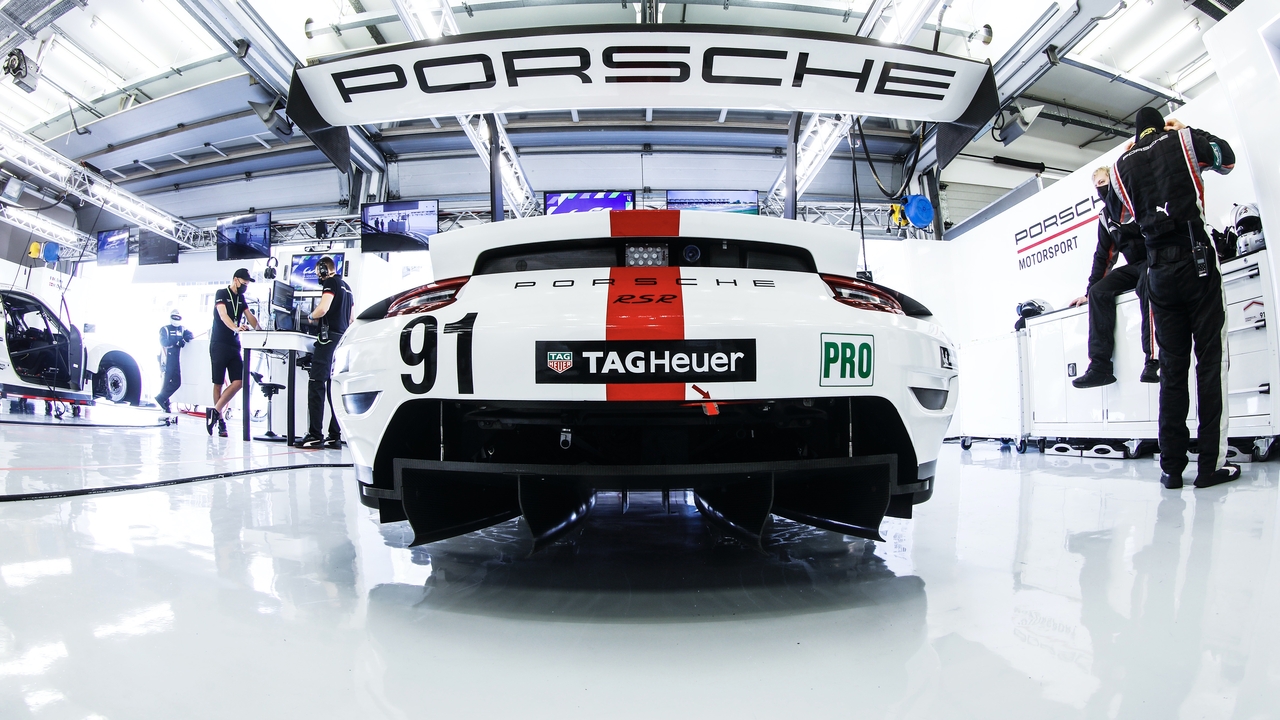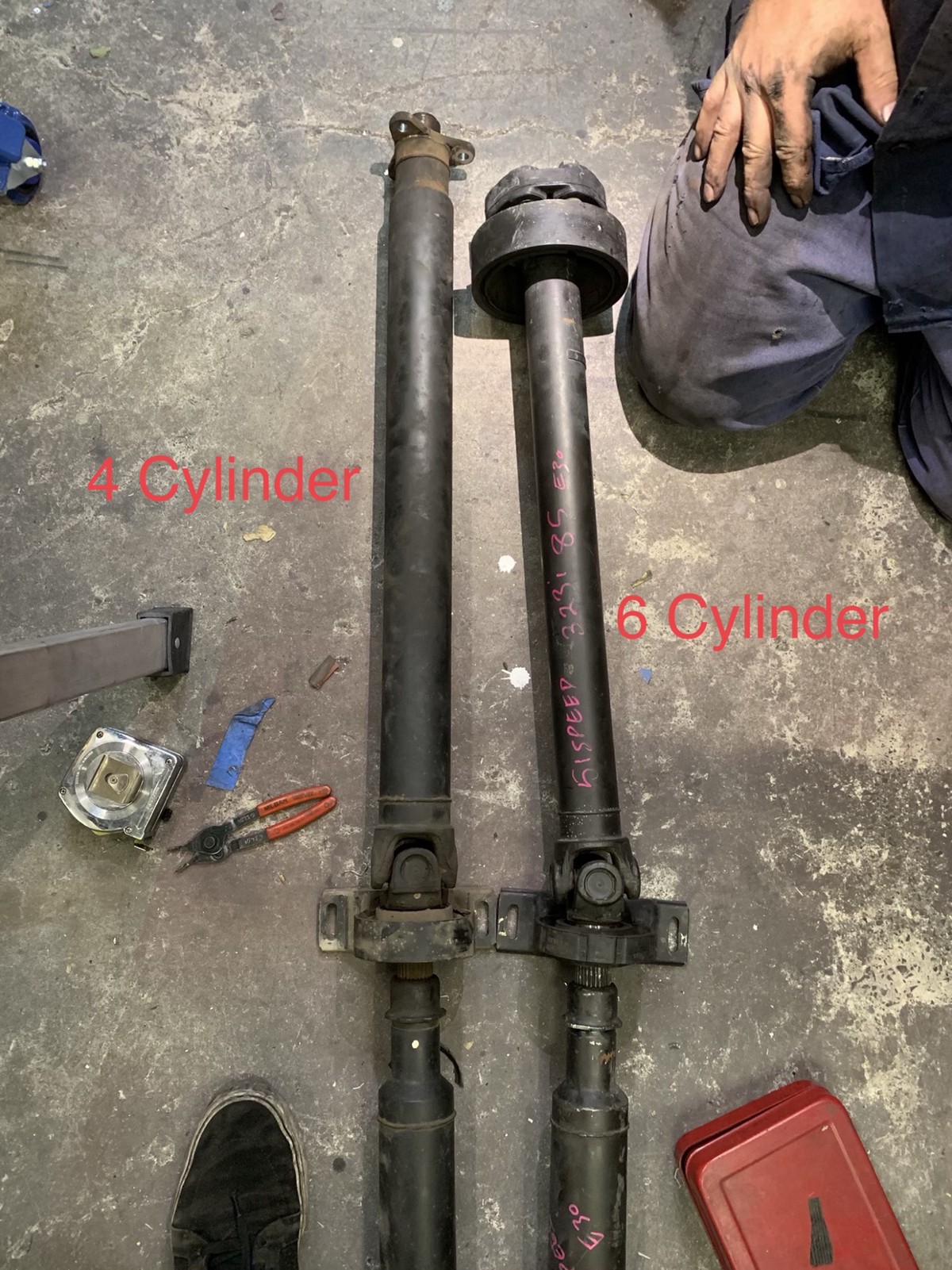Formula 1 has long been known as a thrilling and exciting sport, with races taking place on famous tracks all around the world. However, in recent years, there has been a trend towards adding street circuits to the F1 calendar. While street circuits can provide a unique and challenging race experience for both drivers and fans, there are also many reasons why it may be time to reconsider their inclusion in the sport.
One of the main arguments against street circuits in F1 is the safety concerns that come with racing on narrow city streets. Street circuits are often much narrower than traditional tracks, leaving little room for error for drivers. In addition, street circuits often have tight corners and limited run-off areas, increasing the risk of accidents and injuries. In recent years, there have been a number of high-profile incidents at street circuits, raising questions about the safety of these tracks.
Another issue with street circuits is the limited opportunities for overtaking. Street circuits are often tight and twisty, making it difficult for drivers to pass each other. This can lead to processional races with little excitement for fans. Traditional tracks, on the other hand, offer a variety of corners and straights that provide ample opportunities for overtaking, resulting in more exciting and unpredictable races.
Furthermore, the temporary nature of street circuits can also be a drawback. Street circuits are typically constructed for the race weekend and then dismantled afterwards, which can be expensive and disruptive for the host city. In contrast, permanent tracks can be used for a variety of events throughout the year, providing economic benefits to the local community.
Despite these drawbacks, street circuits do have their advantages. They offer a unique and exciting race experience for both drivers and fans, with the backdrop of city landmarks adding to the spectacle. Street circuits also have the potential to attract new fans to the sport, as races held in urban areas can generate more interest and exposure.
Ultimately, the decision to add street circuits to the F1 calendar should be carefully considered and weighed against the potential risks and benefits. While street circuits can provide a visually stunning and thrilling race experience, the safety concerns, limited opportunities for overtaking, and temporary nature of these tracks may outweigh the advantages. It may be time for F1 to reconsider its emphasis on street circuits and focus on preserving the tradition and excitement of racing on classic tracks around the world.



